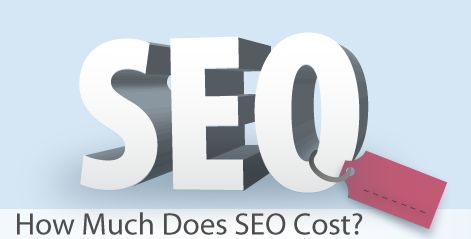Getting your website developed by a web development company can be the best option for your business. These companies can provide you with everything from Back-end developers, to Responsive web design, and CMS (Content Management System) web development.
Back-end developers
Whether you’re a seasoned developer or new to the field, it’s important to understand what the difference is between front-end and back-end development. These two disciplines are not only separate, but they can also be confusing to those who don’t know much about programming or web development.
As a back-end developer, you’ll be responsible for building the back end of a website. The back end of a website consists of server-side programming languages and data. You’ll work alongside other developers to build the server and create database management systems.
You’ll also have to understand the basics of web server storage and security. You’ll also have to communicate with other business stakeholders and product managers. You might also have to explain technical web design problems to non-technical stakeholders.
Back-end developers use several programming languages to build and maintain a website. Python is a popular choice for back-end development, but you may prefer to learn another. You can also use Ruby to quickly create new applications. Ruby is a free, open-source back-end programming language.
Custom web applications
Having a robust online presence is a must for any business today. It allows companies to engage with clients and prospective customers, build loyalty and create trust. It can also help companies build brand awareness. Custom web application development is the best way to do this.
Developing a custom web application can be daunting. To get started, you need to identify what features are essential to your business. Using a content management system allows companies to update their web pages on the fly.
Creating an attractive design can help attract more customers. You should also consider optimization. It can improve your user experience, boost revenue and improve your bottom line.
Choosing the right technology to develop your custom web application can save you time, money and resources. Cloud and hybrid solutions are also an option. These allow you to move quickly to the cloud without sacrificing security.
There are several tools and frameworks that can help you with your custom web application development efforts. These include Ruby on Rails, which is a popular open source website framework.
CMS (Content Management System) web development
Regardless of whether your company has a small web presence or a large one, it is important to find a CMS (Content Management System) that can help you achieve your marketing goals. A properly implemented CMS will improve your speed to market by streamlining your website update process and making it easier for marketing efforts to take off.
A CMS is a type of software application that allows multiple people to make changes to a website. It provides a central storage location for all web content. This streamlines the content creation process by eliminating the need for multiple file uploads and updates. A good CMS will also allow multiple people to collaborate on projects and improve collaboration across teams.
A CMS can simplify the content creation process, as well as provide better customer experiences. It also makes content findable and easier to update. These features make CMSs a great fit for companies with large web presences.
Using a CMS can also save you time and money. You will no longer need to hire a web developer to build your website. You can create your website by uploading content and using templates. It will also make it easier for you to edit and delete content.
Responsive web design
Using responsive web design services, companies can have one version of their website that can be viewed on any type of device. This provides users with a seamless and consistent browsing experience. It saves companies money as they do not need to maintain two different sites. Using a responsive design ensures that all text is legible and that the images are clear and visible.
The underlying technology behind responsive web design services is CSS. The design uses media queries to automatically adjust the site elements based on the device. These factors affect how your site works, how it looks, and how it appeals to visitors.
Some examples of responsive web design services include:
Fluid layouts: These features allow your site to adjust to different screen sizes. Your site can also be set to generate drop-down menus at run-time. The flexibility of these features means you can update your site without having to create a whole new version of it.







